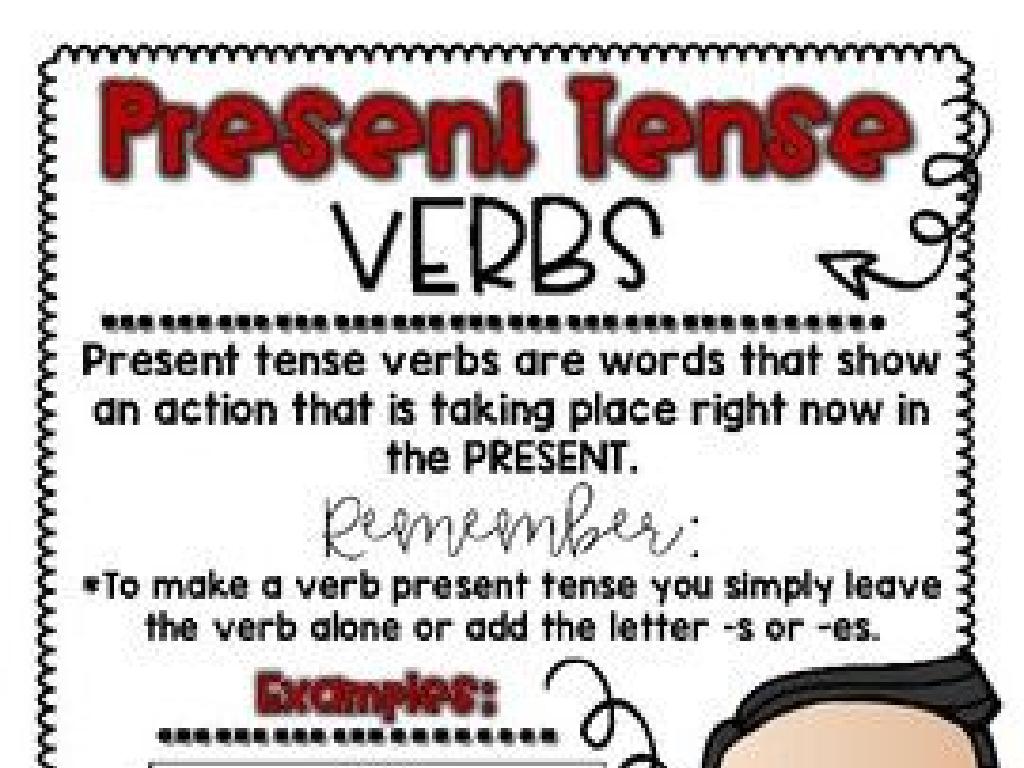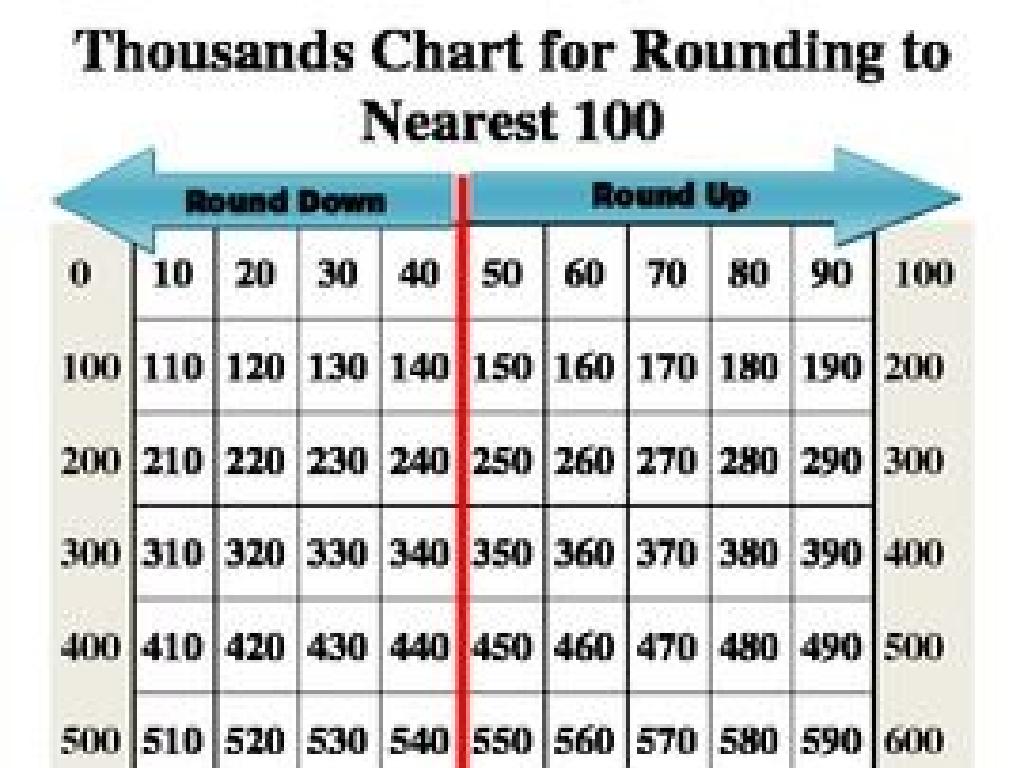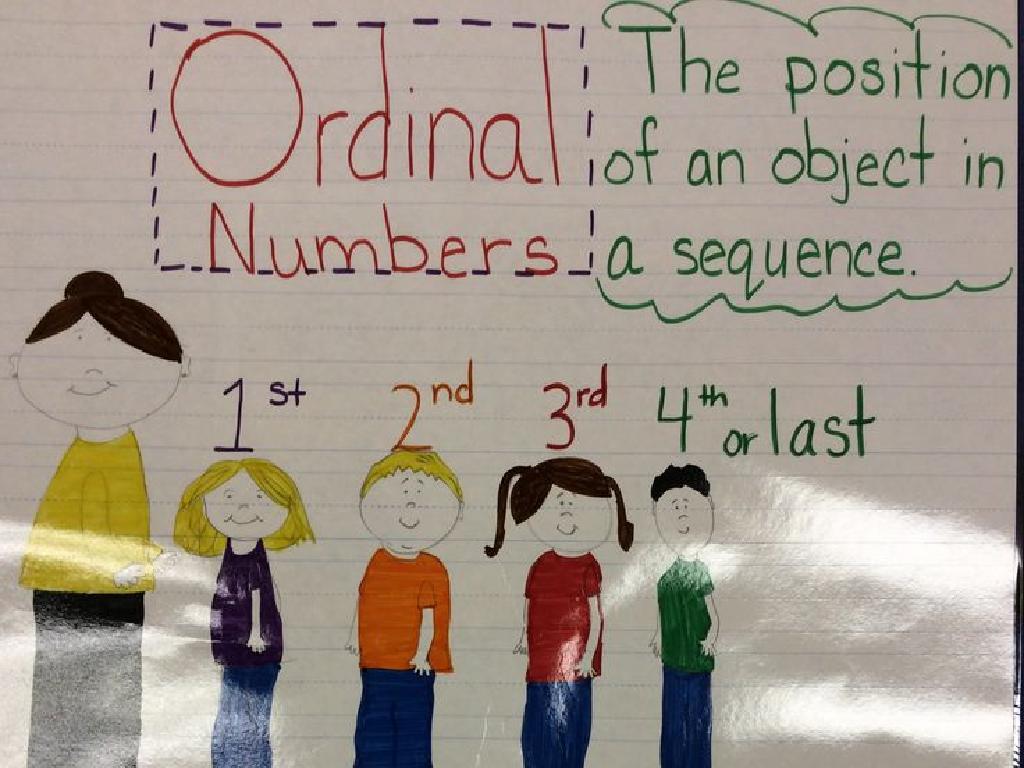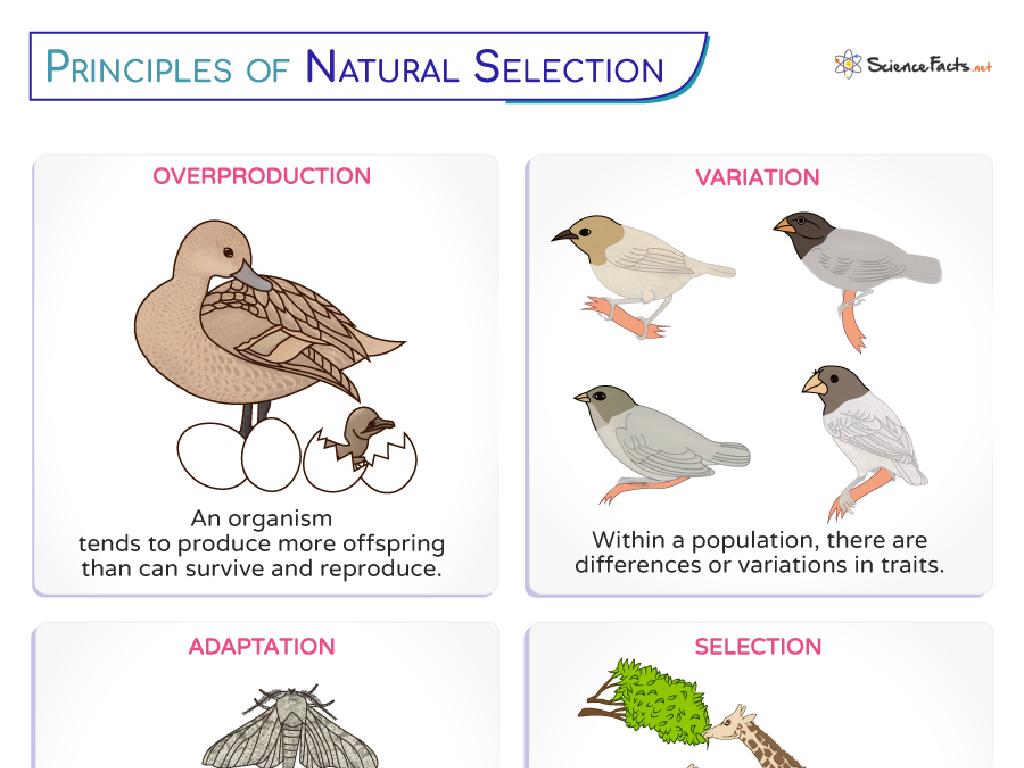Subtract With Cubes - Numbers Up To 5
Subject: Math
Grade: Kindergarten
Topic: Subtraction Up To 5
Summary: In this Kindergarten math lesson, students explore subtraction up to 5 using colorful cubes for hands-on learning. Through guided activities, games, and interactive play, young learners practice taking cubes away to understand how subtraction works. Real-life examples like cookies and toys make math relatable and fun. Visual aids and tactile experiences help children grasp the concept of "taking away" as they build early math confidence and counting skills.
Please LOG IN to download the presentation. Access is available to registered users only.
View More Content
Welcome to Subtraction with Cubes!
– Greetings little mathematicians!
– Learn to take away with cubes
– Using cubes, we’ll remove some to see what’s left
– Subtraction means taking some away
– If we have 4 cubes and take 1 away, we have 3 cubes left
– Let’s practice with numbers up to 5
|
This slide introduces the concept of subtraction to kindergarten students using a hands-on approach with cubes. Start by warmly greeting the students and capturing their interest. Explain that subtraction is simply the process of taking some items away from a group and seeing how many are left. Use physical cubes to demonstrate this concept, as tangible objects help young learners grasp abstract ideas. For example, show them 5 cubes, take away 2, and count the remaining cubes together. Encourage the students to participate by asking them how many cubes they think will be left if you take a certain number away. This interactive approach will help them understand subtraction in a fun and engaging way.
What is Subtraction?
– Subtraction means taking away
– Subtracting makes groups smaller
– Like eating cookies from a total
– If you start with 5 cookies and eat 2, how many are left?
– We end up with fewer items
– Practice with real objects like cubes to see subtraction
|
This slide introduces the concept of subtraction to Kindergarten students by relating it to a simple and relatable activity – eating cookies. Explain that subtraction is the process of taking some away from a total number, which makes the group smaller. Use physical cubes to demonstrate this concept, starting with a group of 5 and taking away 2, then counting how many are left. Encourage the students to visualize the subtraction process and understand that the number of items decreases. Provide additional examples with different numbers up to 5 to solidify their understanding. The goal is to make them comfortable with the idea of ‘less’ in a fun and engaging way.
Subtracting with Cubes: Numbers up to 5
– Use cubes for subtraction
– Start with 5 cubes
– We have 5 cubes to begin with
– Take some cubes away
– If we remove 2 cubes, how many are left?
– Count the cubes left
– After taking cubes away, we count what’s left
|
This slide introduces the concept of subtraction using a tangible method with cubes. Start with 5 cubes as it’s the highest number they’ll subtract from. Demonstrate by physically removing cubes and then counting the remaining cubes. Encourage the students to visualize the subtraction process. For the activity, provide each student with 5 cubes and guide them to take away 1, 2, 3, or 4 cubes and then count the remaining cubes. This hands-on activity will help solidify the concept of subtraction. Possible variations for different students could include using different colored cubes, subtracting different amounts, or repeating the activity to ensure understanding.
Let’s Try Together: Subtracting with Cubes
– Start with 5 cubes
– Take 1 cube away
– Count the remaining cubes
– How many cubes do we see now?
– Discover 5 minus 1 equals 4
– We learned that taking 1 from 5 leaves us with 4 cubes!
|
This slide is an interactive class activity designed to teach Kindergarten students the concept of subtraction using physical cubes. Start by showing the students 5 cubes, then physically remove 1 cube while they watch. Ask the students to count the remaining cubes aloud together to reinforce the concept of subtraction. After counting, lead them to the conclusion that 5 minus 1 equals 4. This hands-on activity helps students visualize the subtraction process and understand the result of taking away one item from a group. For further engagement, consider having multiple sets of cubes for students to try subtracting on their own or in small groups, and encourage them to use their fingers if cubes are not available.
Subtracting More Cubes: Taking Away
– Start with 5 cubes
– Take away 3 cubes
– Removing 3 cubes from our set of 5
– Count the cubes left
– Only 2 cubes should remain
– Understand subtraction
– Subtraction means finding out how many are left
|
This slide is aimed at helping Kindergarten students understand the concept of subtraction by using physical cubes. Start with 5 cubes, visible to all the students. Physically remove 3 cubes while the students are watching, and then ask them to count how many cubes are left. This visual and interactive method helps them grasp the concept of taking away and finding the remainder, which is the essence of subtraction. Reinforce the idea that subtraction is simply finding out how many items are left after some are taken away. Encourage the students to use their fingers to subtract and to practice with different numbers of cubes up to 5.
Practice Time: Subtracting with Cubes!
– Start with 5 cubes
– Take away 1 or more cubes
– If you remove 2 cubes, how many are left?
– Count the cubes left
– Practice makes perfect in subtraction
– Share your results
|
This slide is an interactive activity for students to practice subtraction using physical cubes. Begin with 5 cubes and instruct the students to take away a certain number of cubes, then count how many they have left. This hands-on approach helps them visualize the subtraction process. Encourage them to try subtracting different numbers of cubes, such as 1, 2, 3, or 4 from the original 5. After each subtraction, they should count and state the number of cubes remaining. This activity reinforces the concept of subtraction and number sense. For the teacher: Prepare different scenarios for subtraction, like taking away 3 cubes from 5, and ask the students to predict the outcome before they perform the action. This will engage them in critical thinking and anticipation of the result.
Subtraction Game with Cubes
– Let’s play with subtraction cubes!
– Listen to the number I say
– Take that many cubes away
– If I say 3 and you have 5 cubes, you take away 3. How many are left?
– Who knows the answer?
|
This interactive game is designed to help Kindergarten students understand the concept of subtraction in a fun and engaging way. Using physical cubes will allow the students to visualize the subtraction process. As you call out a number, they will remove that number of cubes from their set and determine how many cubes remain. This hands-on activity not only reinforces the concept of ‘taking away’ but also encourages quick thinking and friendly competition among the students. Be prepared with different scenarios and ensure that each child has a turn. Praise their efforts and correct any mistakes with gentle guidance. This activity will help solidify their understanding of subtraction within 5.
Class Activity: Cube Subtraction
– We’ll subtract using cubes together
– I’ll show a number, remove that many cubes
– Show the cubes you have left
– Let’s find out who gets it right!
|
This interactive activity is designed to help Kindergarten students understand the concept of subtraction by using physical cubes. Start by demonstrating how to subtract a certain number of cubes from a set. For example, if you have 5 cubes and you take away 2, how many are left? Encourage the students to participate by showing a number and having them remove that many cubes from their own sets. After they have taken away the cubes, ask them to show the remaining cubes to confirm if they have the correct number left. This hands-on approach makes learning subtraction tangible and fun. Prepare to assist students who may struggle and offer praise to those who get it right. Have a variety of scenarios ready to ensure all students can engage at their own pace.
Review: Subtraction with Cubes
– Subtraction means taking away
– Like when we have 5 apples and give away 2, we have 3 left
– Cubes show us how subtraction works
– If we start with 5 cubes and take away 2, we can count the remaining 3
– Subtracting reduces the number of cubes
– When we take cubes away, our pile gets smaller
– Practice makes us better at subtraction
|
This slide is a review of the subtraction concepts we’ve learned using cubes. Start by reminding the students that subtraction is simply the process of taking away from a group. Use physical cubes to demonstrate subtraction problems, showing that when we take cubes away, the total number decreases. This visual and hands-on approach helps solidify the concept for young learners. Encourage the students to practice with different numbers of cubes up to 5 to become more comfortable with the idea of subtraction. Reinforce the concept by asking students to visualize the subtraction of items in everyday scenarios, like sharing snacks or toys.
Goodbye and Great Subtracting!
– Fantastic job subtracting today!
– Subtraction shows how many left
– If you have 5 cubes and take away 2, you have 3 left.
– Practice makes perfect subtractors
– Keep practicing with your cubes at home!
– See you next, super subtractors!
|
This slide is meant to wrap up the lesson on subtraction with a positive reinforcement for the students’ efforts. Emphasize the concept that subtraction is a way to find out how many items are left after some are taken away. Encourage the children to continue practicing with physical objects like cubes at home to strengthen their understanding. Remind them that with practice, they will become ‘super subtractors’. End the lesson on a high note, leaving the students excited for their next math adventure.





